We try a Le Lectier, the highest-quality European pear available in Japan【Taste Test】
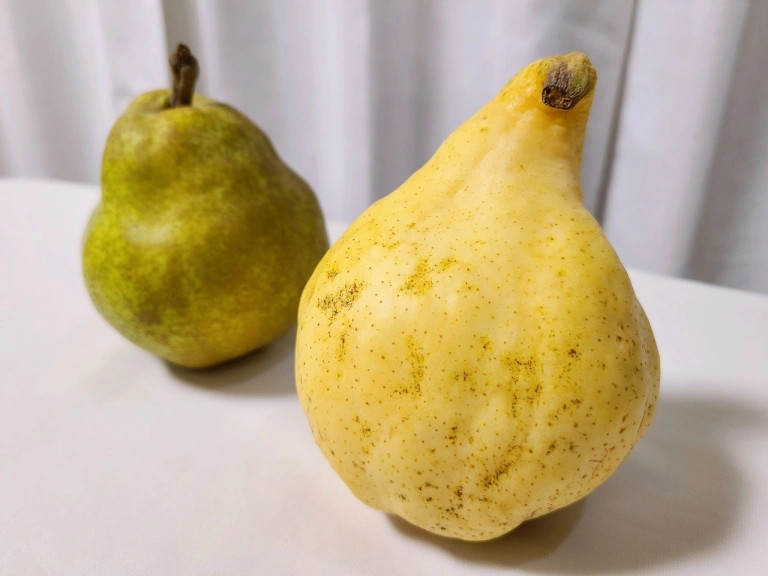
This luxury pear is grown almost exclusively in Niigata. Is it worth splurging on?
You’ve probably heard of Japan’s expensive, luxury fruit, which has become famous around the world for things such as h as a single bunch of grapes going for 10,800 yen (US$79.18) for a single bunch of grapes. But these high-quality fruits are usually more than just any fruit; they’re often carefully cultivated, harvested, and ripened by hand to give them the most delicious, juicy, and fragrant flesh.
That’s why our Japanese-language reporter Maro was excited to have the chance to direct order a single European pear from a farm in Niigata, west of Tokyo. It was a “Le Lectier” pear, which is a European pear (as opposed to the round Asian pear) that was introduced to Niigata from France about 120 years ago. It’s said that when Niigata farmers first tasted these pears, their sweetness left such an impression that they decided to grow them themselves, and in 1903, they began ordering saplings from France.
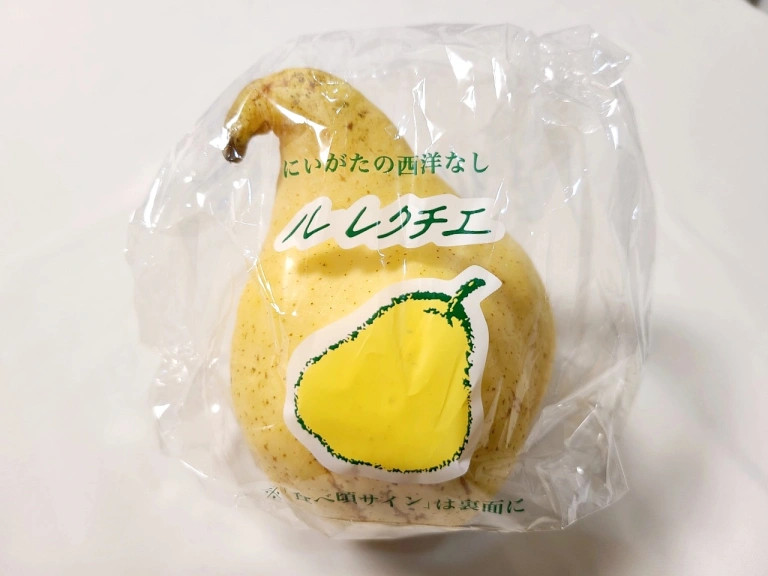
Le Lectier pears are notoriously difficult to cultivate, so eventually, French farmers stopped growing them, and nowadays they are rarely found in the country. In Niigata, however, cultivation only slowed for a time as researchers studied how best to grow them, and now they have become one of the most famous fruits in the prefecture.
Still, because of how difficult they are to grow, they apparently only appear in markets for about a month every year, which is why they’ve been nicknamed “The Phantom Pear”.
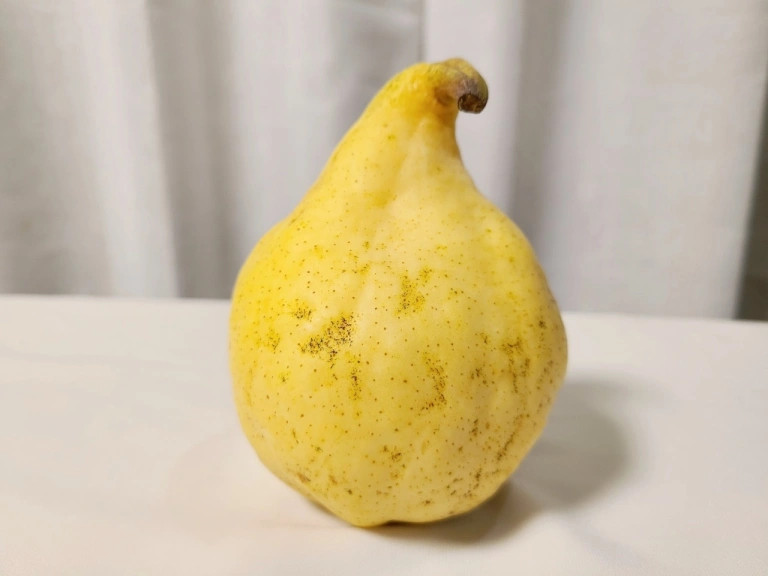
Le Lectier pears are almost as yellow as a banana, although they’re picked when they’re still green. After harvesting, their environment is tightly controlled for 40 days as they ripen and their flavor, color, and aroma begin to change.
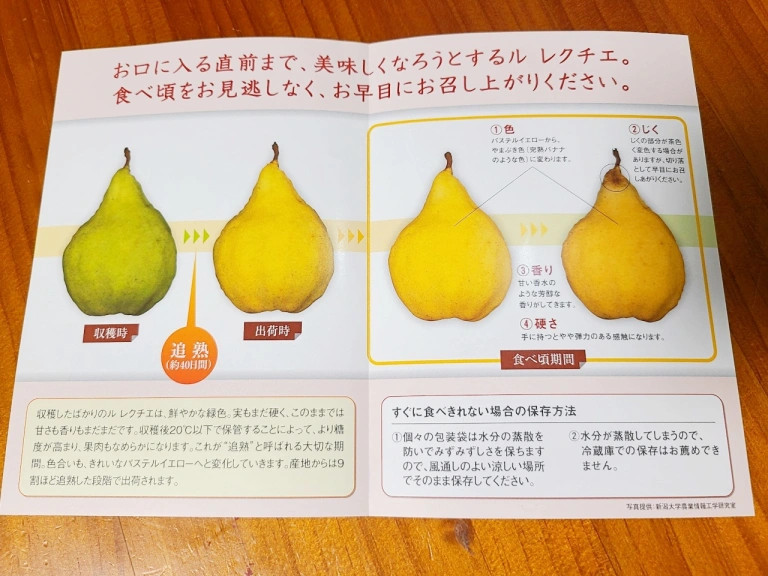
As one would expect from the time and effort it takes to make these pears delicious, they tend to be expensive. Maro bought her single pear for 500 yen (US$3.66), but if you consider the fact that, among all the European pears sold in Japan, Le Lectiers are considered to be the finest, that price might be worth it.
Since Maro doesn’t often eat European pears, she chose to compare it to a La France pear, a more common variety of European pear in Japan (Maro had always thought “La France” was just what you called all European pears, but she now recognizes that was a misunderstanding).
▼ La France on the left, Le Lectier on the right
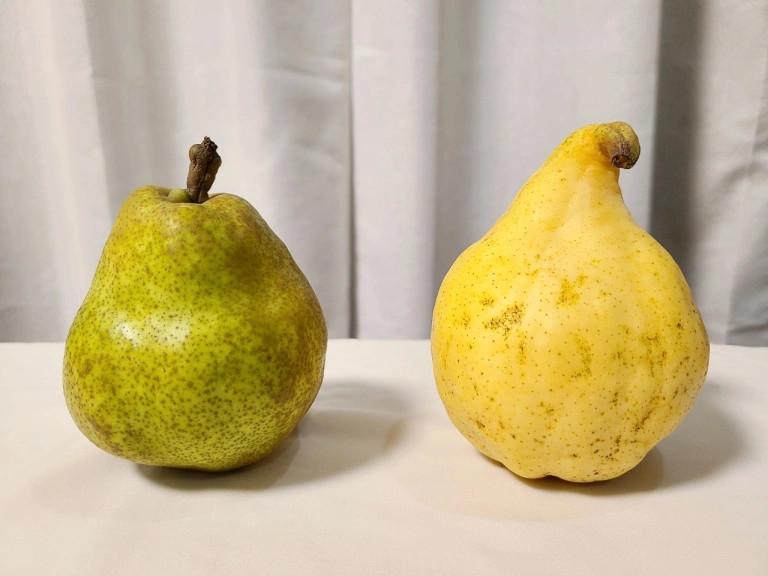
Maro tried the La France pear first. It had a pretty crunchy texture, somewhere in between an Asian pear and an apple. Its unique flavor was exactly the “European pear” flavor she was expecting.
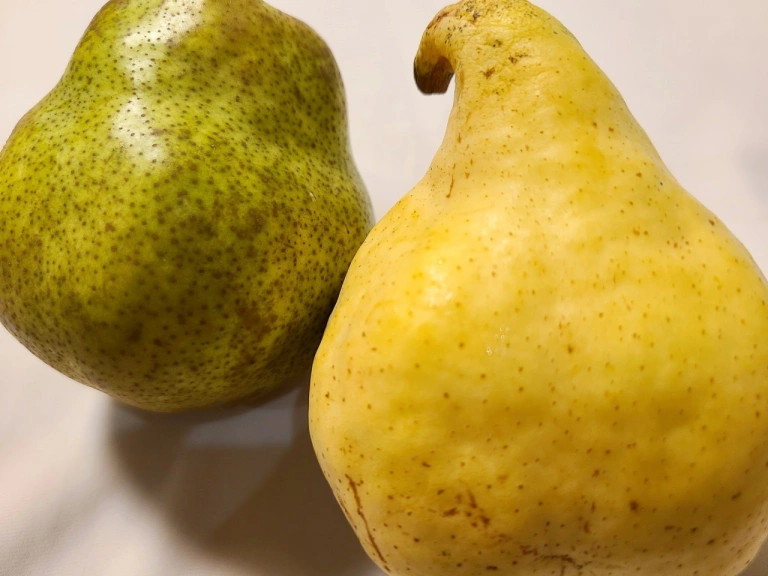
The Le Lectier, however, had much juicier flesh. Maro almost had to slurp as she bit into it. It was also nice and smooth, without some of the roughness you might find in a La France. It was so unbelievably juicy that it almost felt like it was dissolving in her mouth.
Flavorwise, it was rich and flavorful without any of the acidity of the La France, but it wasn’t overly sweet or cloying. If Maro had to describe the flavor in one word, she would say “refined”.
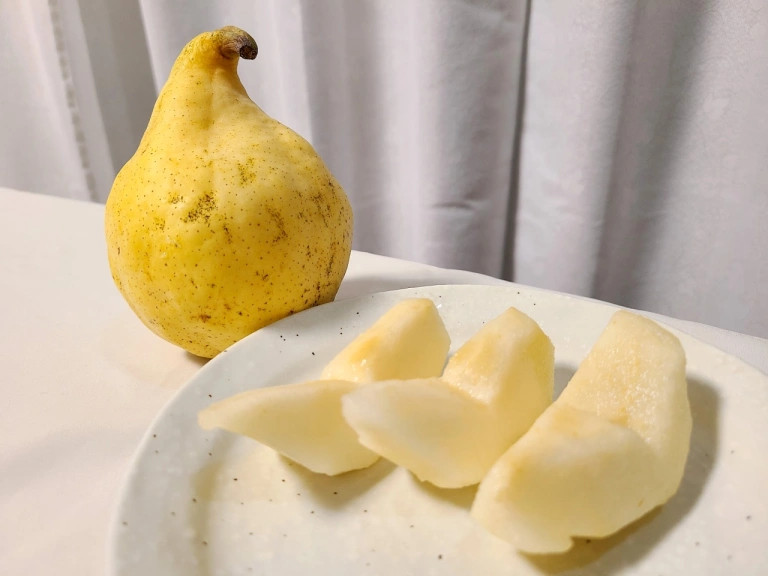
Maro would say it’s worth every yenny, and even though it’s called the “Phantom Pear”, it’s actually relatively inexpensive for a high-quality fruit, considering a luxury watermelon cost us 5,400 yen last summer. The only problem is that Le Lectier orchards only make up eight percent of the nation’s pear orchards, so it can be rather difficult to find. They are only on sale for about a month at a time, so if you want to try one, now is the time!
Images © SoraNews24
● Want to hear about SoraNews24’s latest articles as soon as they’re published? Follow us on Facebook and Twitter!
Credit:

0 comments: